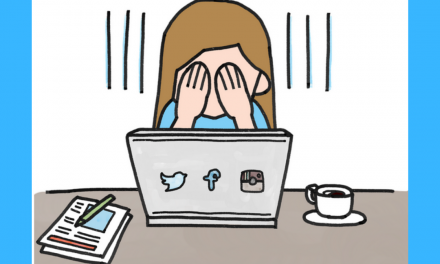Adolescence is a time of significant growth and development inside the teenage brain. Because the prefrontal cortex is still developing, teenagers rely on the amygdala (center for emotions) to make decisions and solve problems more than adults do. While the prefrontal cortex (area for planning, decision making, and moderating social behavior) is still not fully developed, teenagers undergo major changes in their limbic system (the area of the brain that controls emotions). Doctors now believe that this difference in the timing of development of the prefrontal cortex causes risk-taking and impulsive behaviors which are rather common among teenagers. Teenagers tend to make decisions based on their emotions rather than logic.
The teenage years are the years when our brains are most malleable and adaptable to be changed, whether it be helping us learn all the countries and capitals in Europe for a history test, or by making us more susceptible to be influenced by peers into taking drugs and alcohol that can have a profound impact on a person for their whole life. The teenage brain is also marked by development, especially in the prefrontal cortex, a region which codes for decision making and emotions, making teenagers like us the moodiest and unfortunately sometimes boneheaded when it comes to making the right choice. We are susceptible to peer pressure, school pressure, and the struggles of trying to fit into society. This is a lot to handle and it can often lead to mental health problems such as anxiety and depression.
We know that on a grand scale, teenagers suffer from mental health problems but when it comes to each child, individually, we sometimes fail to overlook some of the key signs of their anxiety, mistaking it to be “just a teenage thing”. This stigma leads some people to overlook teenage mental health problems and often convinces the teenagers that there is nothing wrong with them and that help is not needed. Or there may be cases where the individual is simply too embarrassed to share what they are going through and seek help.
Our goal at Our Teen Brains is to help reduce this stigma by sharing with others the neuroscience behind the teenage years and explaining that oftentimes, the development of the brain causes the wide variety of (often negative) emotions that teenagers display and that they are susceptible to mental health diseases. It is extremely important to understand how brain development and growth impacts the way teens behave and act.
By raising awareness and explaining the neuroscience behind what happens, teenagers as well as their caretakers will be able to understand the struggles they are going through. This further raises awareness about the teenage brain and mental health disorders that would help us navigate society with positive interactions.





